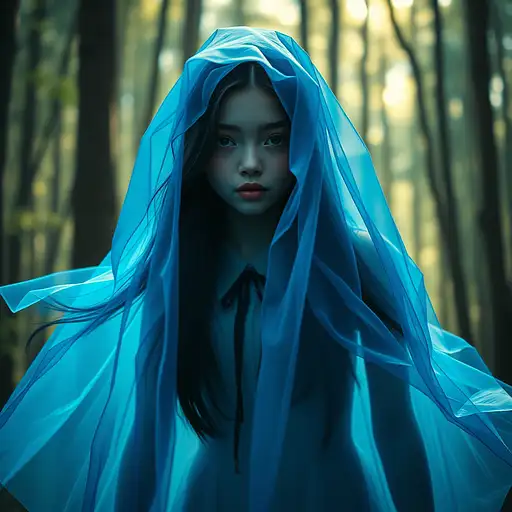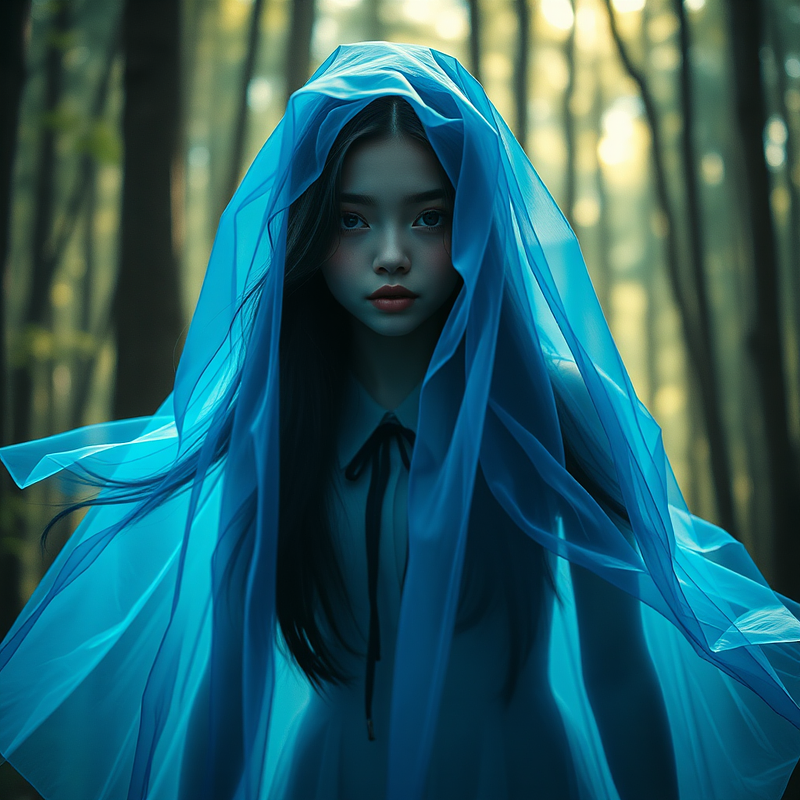2 months ago
photograph of Middle Eastern male subject from the year 33 A.D., age 30-35. FOREHEAD: Medium height forehead measuring approximately 2.2 inches from hairline to eyebrow ridge, olive-toned skin with natural texture, straight hairline across temples, slight vertical worry lines 0.1 inches deep between eyebrows.
EYEBROWS: Dark brown eyebrows, 0.3 inches thick, straight to slightly arched shape, dense hair growth, extending 0.2 inches beyond outer eye corners, individual coarse hairs visible growing in multiple directions.
EYES: Dark brown iris color, almond-shaped eyes measuring 1.1 inches wide, 0.4 inches tall. Moderate upper eyelid exposure with natural crease 0.25 inches above lash line. Eyes positioned 1.2 inches apart center-to-center. Dark brown eyelashes, upper lashes 0.3 inches long, lower lashes 0.15 inches. Slight epicanthic fold at inner corners.
NOSE: Prominent aquiline nose with slight dorsal hump, 2.3 inches from bridge to tip, 1.2 inches wide at nostrils. Nostril openings elongated, 0.4 inches long each. Strong nasal bridge, well-defined nasal bones creating shadows on either side.
CHEEKS: Moderate cheekbones, less prominent than Northern European features, natural fullness in cheek area, skin texture showing fine lines from sun exposure, olive complexion with warm undertones.
MOUTH: Medium-full lips, upper lip 0.35 inches thick with subtle cupid's bow, lower lip 0.5 inches thick. Mouth width 2.0 inches corner-to-corner. Philtrum 0.7 inches long with moderate definition. Lips slightly chapped texture from arid climate exposure.
JAW/CHIN: Strong rectangular jawline 4.0 inches wide, well-defined mandible. Chin measures 1.3 inches wide, square-shaped with slight central dimple, no cleft. Jaw muscles visible beneath skin.
FACIAL HAIR: Full beard covering entire jaw and chin area, dark brown color matching hair, 1.5 inches long, coarse texture with natural wave pattern. Mustache connecting to beard, covering upper lip, 0.8 inches long, extending 0.3 inches beyond mouth corners.
HAIR: Dark brown to black color, shoulder-length measuring 8 inches, natural wave pattern, center-parted, falling behind ears, slightly unkempt texture suggesting natural oils, individual strands visible with varying thickness.
SKIN: Olive Mediterranean complexion, weathered texture from outdoor exposure, fine lines around eyes (crow's feet 0.5 inches long), natural sun-darkening, pores visible across nose and cheek areas, slight roughness suggesting manual labor.
FACIAL MEASUREMENTS: Total face length 8.2 inches hairline to chin, face width 4.8 inches at cheekbones, 4.1 inches at jawline. Neck visible 2 inches below jawline, medium-thick build with visible tendons.
ETHNIC FEATURES: Semitic facial structure, Middle Eastern bone structure with strong brow ridge, deep-set eyes creating natural shadows, skin tone consistent with Levantine ancestry.
Technical: Slight three-quarter angle, 10-degree head tilt, 85mm lens, f/2.8 aperture, natural lighting suggesting outdoor environment, warm color temperature 4500K, sharp focus on facial details, photorealistic rendering with historical accuracy to 1st century Judean male appearance.


